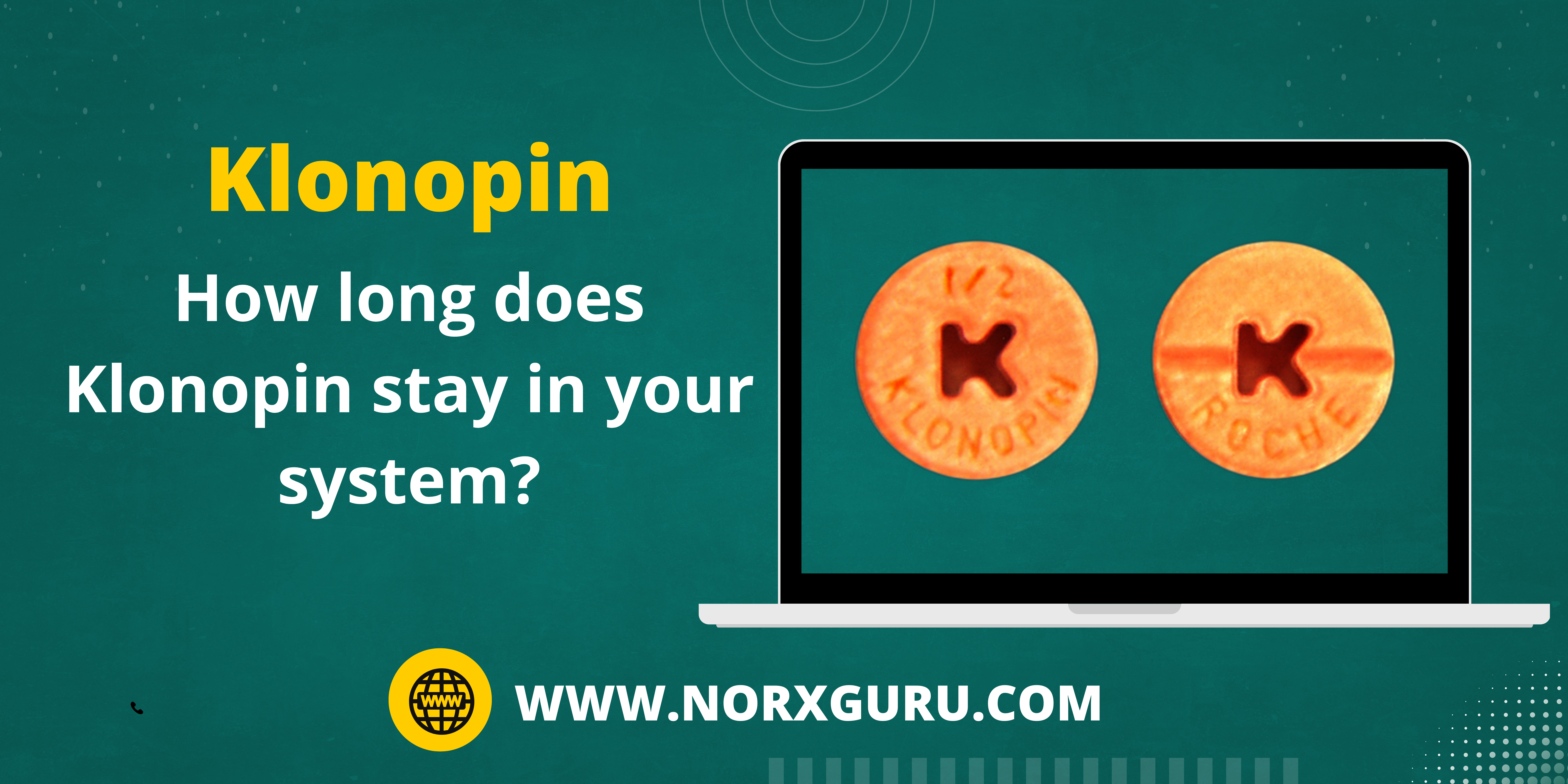What is Klonopin?
Klonopin is the brand name for Clonazepam and is used to control and prevent seizures. It is also prescribed to treat panic disorders. Klonopin is also known to work as an anticonvulsant or an antiepileptic drug. However, it is a part of a class of drugs called benzodiazepine, which works to enhance the effect of Gamma-aminobutyric Acid, a naturally occurring chemical in the brain.
Klonopin is safe to have with a few other medications, and it is advised that you inform your doctor about the medications you are using so they can prescribe the correct dose for you.
How does Klonopin function?
Klonopin is a benzodiazepine that works to increase the effectiveness of the neurotransmitter GABA. GABA acts as an inhibitory neurotransmitter that blocks the initiation, sending, and receiving of chemical messages or signals from one nerve cell to the other.
Low levels of GABA indicate stress, anxiety, and epilepsy. Klonopin works to increase GABA levels that help produce a calming and relaxing effect in the body by decreasing the over-activity in the brain and reducing the symptoms of seizures and panic.
What are the possible side effects of Klonopin?
The common side effects include-
- Drowsiness
- Loss of coordination
- Increased saliva production
- Feeling light-headed
- Dizziness
The common side effects of Klonopin should decrease with time, and it is advised that you inform your doctor if they persist or get worse.
The severe side effects of Klonopin are-
- Memory problems
- Depression
- Thoughts of harming yourself like suicide ideation or attempt
- Hallucinations
- Trouble walking or talking
The severe side effects are unlikely. However, it is suggested that you inform your doctor and look for immediate help if you notice them.
An allergic reaction is rare, and it is advised that you call for immediate help if you notice rashes, itching, or swelling of the face, throat, or tongue, severe dizziness, and difficulty breathing.
How long does Klonopin stay in your system?
The half-life of a drug is the amount of time it takes for half the active drug to leave your system. The half-life is unlikely to change, irrespective of the dosage or the duration of treatment. Ideally, it takes a drug 5 to 6 half-lives to be completely eliminated from the body.
The half-life of Klonopin is said to be an average of 30 to 40 hours, and it may stay in your body for 6 to 9 days after your last dose. Your age, metabolism, kidney and liver function, weight, etc. can alter the time your body will take to get rid of the medicine.
However, certain tests can detect Klonopin long after intake.
Blood – Blood tests can find Klonopin in your bloodstream for 4 to 6 days after your last dose.
Urine – Rarely conducted tests as they have a small window for detection and can still detect Klonopin for 5 to 6 days after the previous dose.
Saliva – Saliva tests can find Klonopin for at least 5 to 6 days after your last dose.
Hair – Hair takes longer to grow, and Klonopin can be detected in the hair follicle for approximately three months.
Precautions to be taken while using Klonopin.
Klonopin can make you dizzy and drowsy, and it is advised that you avoid alcohol, cannabis products, and other CNS depressants as they can aggravate your side effects. Klonopin can be addictive and habit-forming, especially if you have previously abused or misused a substance.
It will help if you inform your doctor of your medical history of liver or kidney disease, breathing problems, glaucoma, and mental disorders. In the case of an older adult, you may be more sensitive to the side effects of Klonopin, and it is suggested that you monitor your dosage intake and side effects regularly.
If you have been using it for a long time or in high doses, you may develop a dependence or tolerance. You should inform your doctor if you think the dosage prescribed to you isn’t working instead of increasing it on your own.
How should you have Klonopin?
It is orally administered to people with seizures and panic disorders. You can have it with or without food as directed by your doctor. The usual dosage for adults with seizures is 1mg to 3mg to be had thrice a day with a maximum daily dosage with the maximum dosage of 20mg a day.
The dosage for adults with panic disorder is 0.5 to 1mg, to be taken once daily with a maximum dosage of 4mg. It is advised that you have taking it regularly, preferably at the same time each day, to get the maximum benefit from the treatment.

